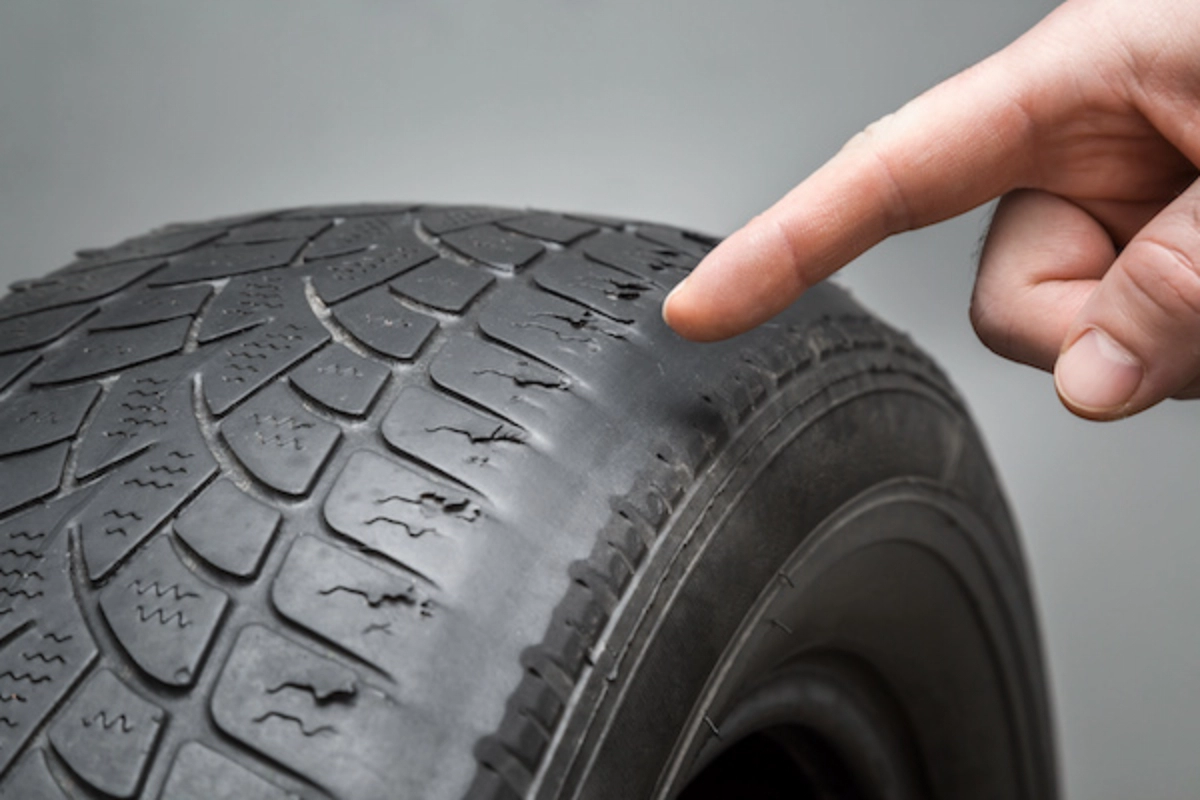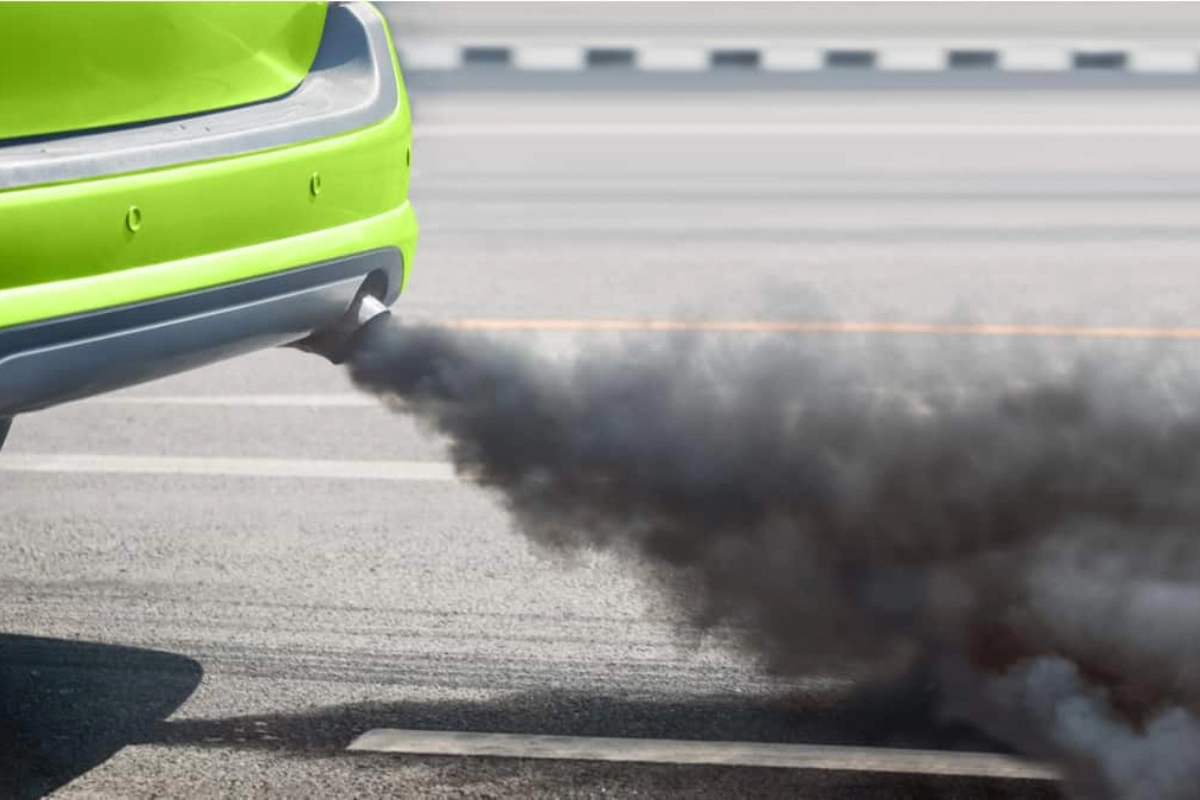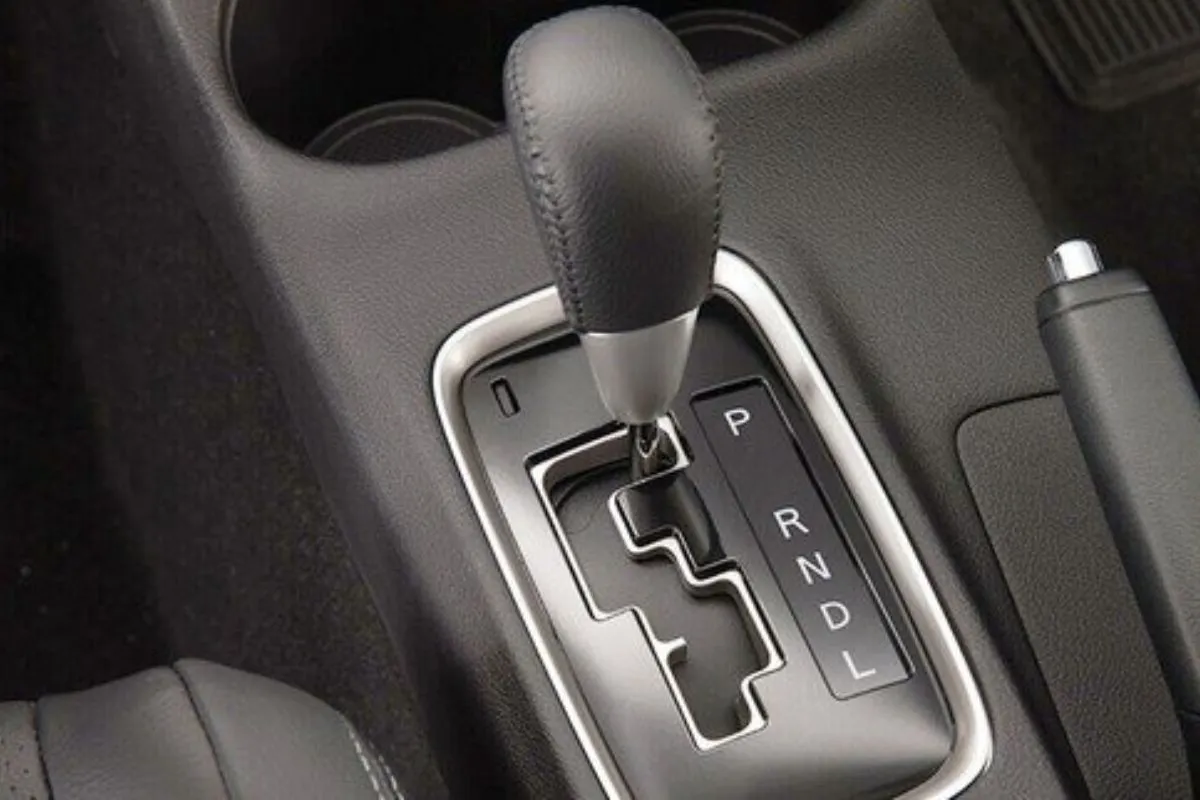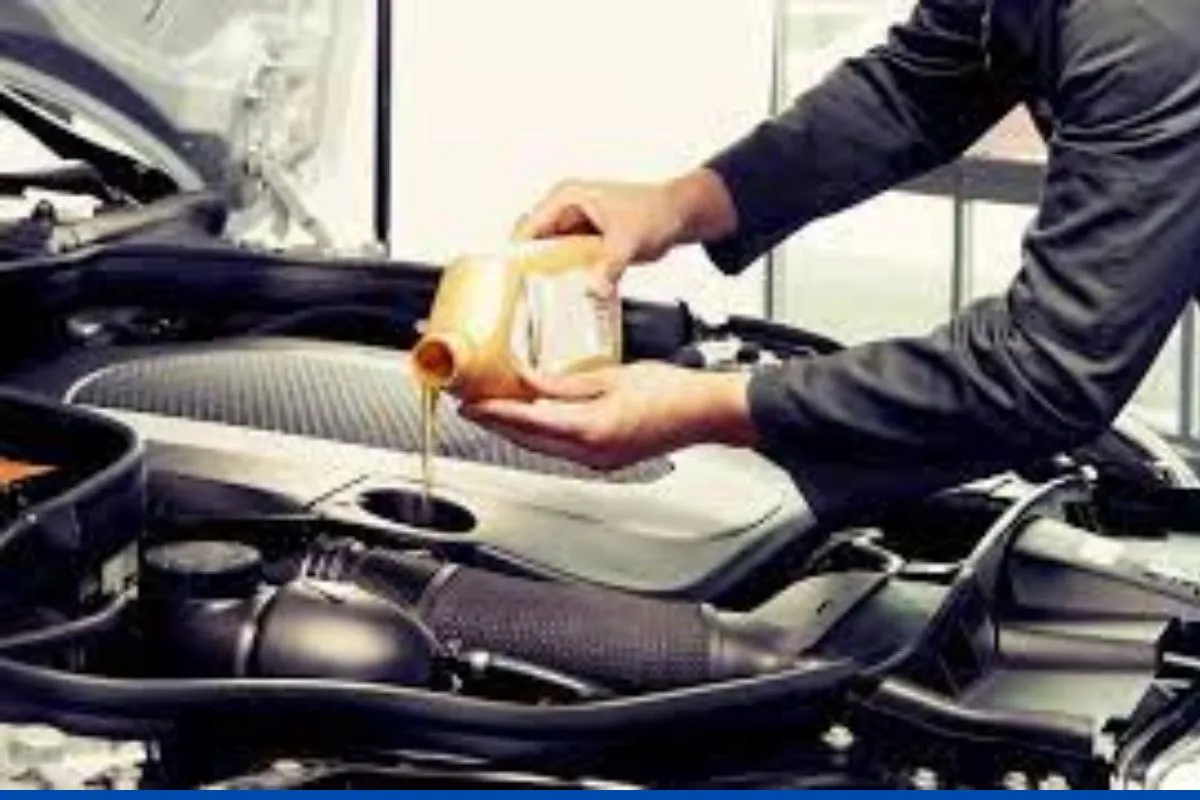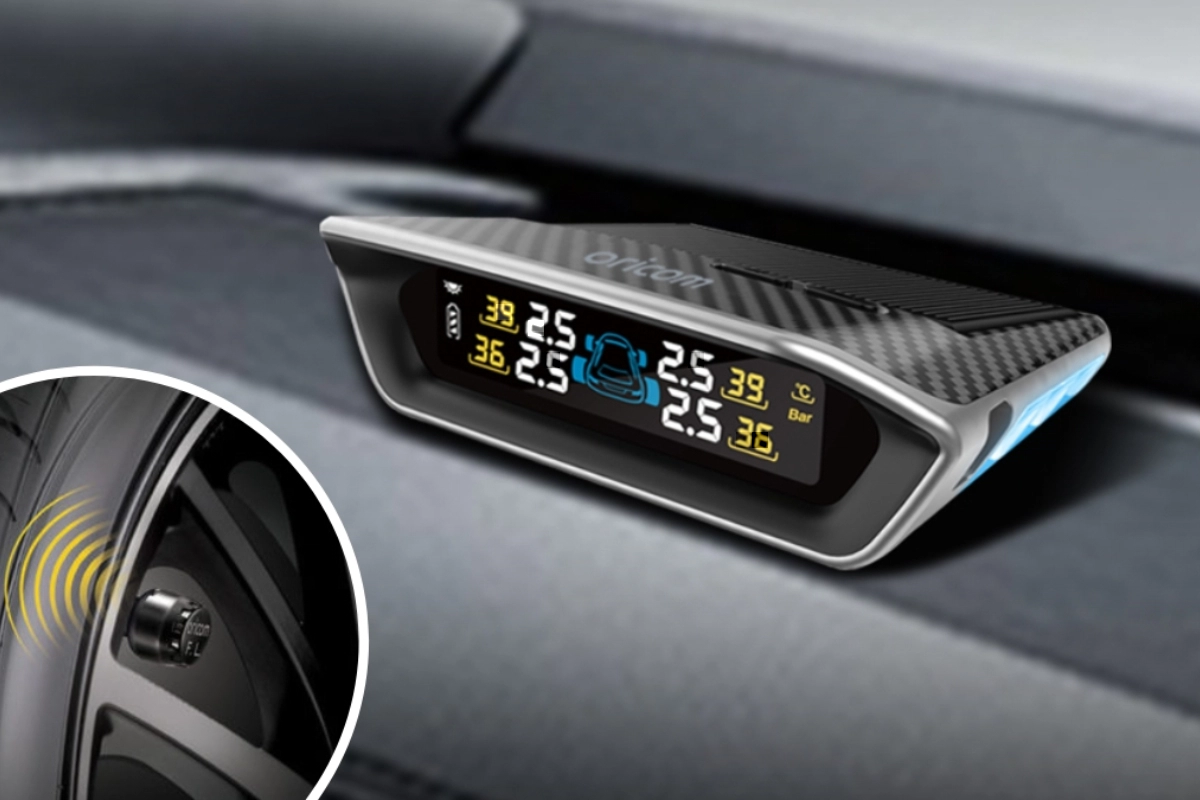Car Care Tips: Have you ever wondered when to get new tyres for your worn-out car? Your car’s safety, efficiency, and performance all depend greatly on the way your tyres operate. Eventually, the grip and braking power of your tyres will be lost due to wear and tear. Fortunately, there are some pointers that can help you stay informed if you’re unsure of when to start shopping for new tyres. In this article, we will tell you some points that will let you know when to replace your tyres.
Car Care Tips: When to Replace Your Tyres?
Treadwear
The tread wear indicators on tyres are standard. The simplest approach to locate these indications is to search the sidewall for a triangle arrowhead. Between the treads parallel to the marking, there are rubber bridges. It is time for you to visit a tyre dealer right away if the tread on your tyres has worn down to the point where the bridges are.
Frequent Punctures
An increased risk of tyre punctures exists with worn tyres. Tyres can be punctured by sharp items like nails, metal wires, and shattered glass as the rubber tread becomes worn down with repeated use. Objects entering the tyre and causing a puncture will be prevented by a thick tyre tread. Thus, now is the appropriate moment to choose a tyre replacement if punctures are occurring occasionally.
Asymmetric tyre wear
Uneven tyre wear can occasionally be caused by misalignment or a damaged suspension component. The tread on one side may appear to be OK, but the other edge may have worn down. In this case, you will need to replace the tyre as soon as possible and have the assembly realigned or repaired.
Damaged sidewalls
Since radial tyres make up more than 80% of the tyres used in passenger cars, the sidewall’s integrity is crucial to this type of tyre design. Unexpected potholes and rough roads can harm sidewalls, causing bubbles or even cracks. Although side-wall patches are provided by tyre repair companies to strengthen the damaged area, you should be aware that this repair is not infallible. It is safer to replace the tyres.
Tyre age
As we all know, tyre rubber has a tendency to harden with age. Its inability to bend and adhere to the road surface causes it to lose tractability as it hardens. The tyre surface does not break as quickly if you use soft compounds, but its efficiency is undoubtedly diminished. Generally speaking, don’t purchase tyres that are older than six months and use them for more than three years or 40,000 kilometres.
Keep watching our YouTube Channel ‘DNP INDIA’. Also, please subscribe and follow us on FACEBOOK, INSTAGRAM, and TWITTER


